Dornier Do 335 Pfeil History
| Dornier Do 335 Pfeil |
|---|
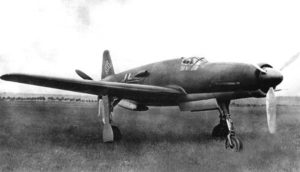 |
| Dornier Do 335 Pfeil Technical Drawings & Scale Model Plans |
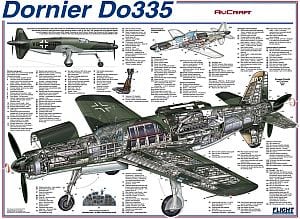 |
| Dornier Do 335 Pfeil Scale Model Plans |
| Sources: |
| German Aircraft of the Second World War (Putnam Aviation) |
| The German Fighter since 1915 |
| Wings of the Luftwaffe: Flying the Captured German Aircraft of World War II |
| Dornier Do 335 Pfeil | Sky Corner |
| Dornier Do 335 Pfeil | Wikipedia |
Dornier Do 335 Pfeil was one of the fastest piston-engined fighters in the world ever to have attained production status. The Germans claimed a maximum speed in excess of 756 km/h (470 mph) for the single-seat version of the Pfeil, or Do 335 as it was officially known.
The Dornier Do 335 Pfeil was not exactly revolutionary. The concept of two engines located in tandem in the centre of the fuselage, with propellers at nose and tail, had certainly been in Claudius Dornier’s mind for a considerable time before this aircraft was built. The tandem fore-and-aft engine arrangement – years later to be referred to as being of centre-line thrust concept – dated back to WW I. But of the several experimental twin-engined fighters flown with engines mounted fore and aft of the pilot, the Dornier warplane was the first to couple an orthodox tractor engine installation with an engine driving a pusher airscrew aft of the tail assembly.
Hans Dieter made the aircraft’s first flight on 26 October, 1943. At this stage the Do 335 was fitted with two 1,800 hp Daimler-Benz DB 603 engines, although high-altitude engines were to be fitted later. The Dornier Do 335 Pfeil was a low-wing monoplane with a nosewheel undercarriage, the mainwheels retracting inward into the wings, rather than into the fuselage. The front engine was located in the normal position in the nose of the fuselage, behind an annular radiator, while the rear engine faced aft of the aircraft, its front end roughly in line with the wing trailing edge. Power was transmitted to the rear propeller at the extreme tail of the aircraft via a shaft about three and a half metres long. The radiator of the rear engine was inside the fuselage, with its air inlet on the underside of the fuselage. The cooling air left the fuselage via exits on both fuselage sides below the tailplane, and the flow was regulated by flaps.
For a twin-engined machine, the Dornier Do 335 Pfeil possessed exceptional performance: it could fly easily on the power of one engine with none of the asymmetrical troubles associated with a conventional twin-engined layout, and during tests it was found that it could even take-off with one engine inoperative – an exceptional feat.
The combination of features embodied by the Dornier Do 335 Pfeil rendered it unique at the time of its birth and it was destined to remains so, but had the Dornier warplane not appeared at the tail-end of the piston-engined fighter era it is more likely that its configuration would have been plagiarised.
| Dornier Do 335 Pfeil Specifications |
|---|
| Aircraft Type: |
| fighter |
| Dimensions: |
| wingspan: 45 ft, 1 in |
| length: 45 ft, 5 in |
| height: 15 ft |
| Weights: |
| empty: 16,314 lb |
| gross: 21,164 lb |
| Power plant: |
| 2 × 1,726 hp Daimler-Benz DB 603A 12-cylinder inverted engines |
| Performance: |
| maximum speed: 474 mph |
| ceiling: 37,400 ft |
| maximum range: 857 mi |
| Armament: |
| 1 × 30 mm calibre cannon |
| 2 × 20 mm calibre autocannons |
| 2,200 lb of bombs |
| Service dates: |
| 1944–1945 |


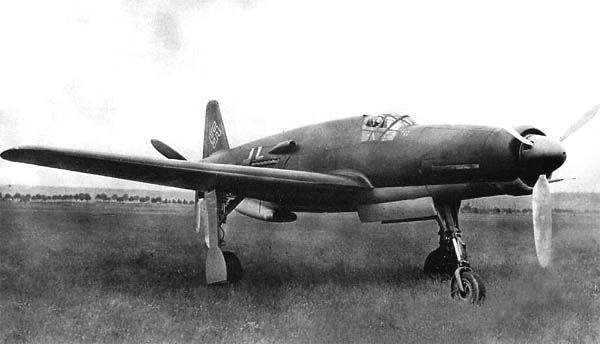
 𝙈𝙖𝙜 Team
𝙈𝙖𝙜 Team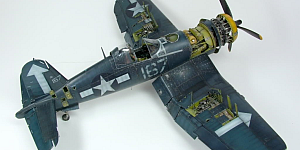
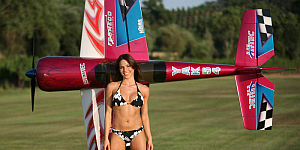
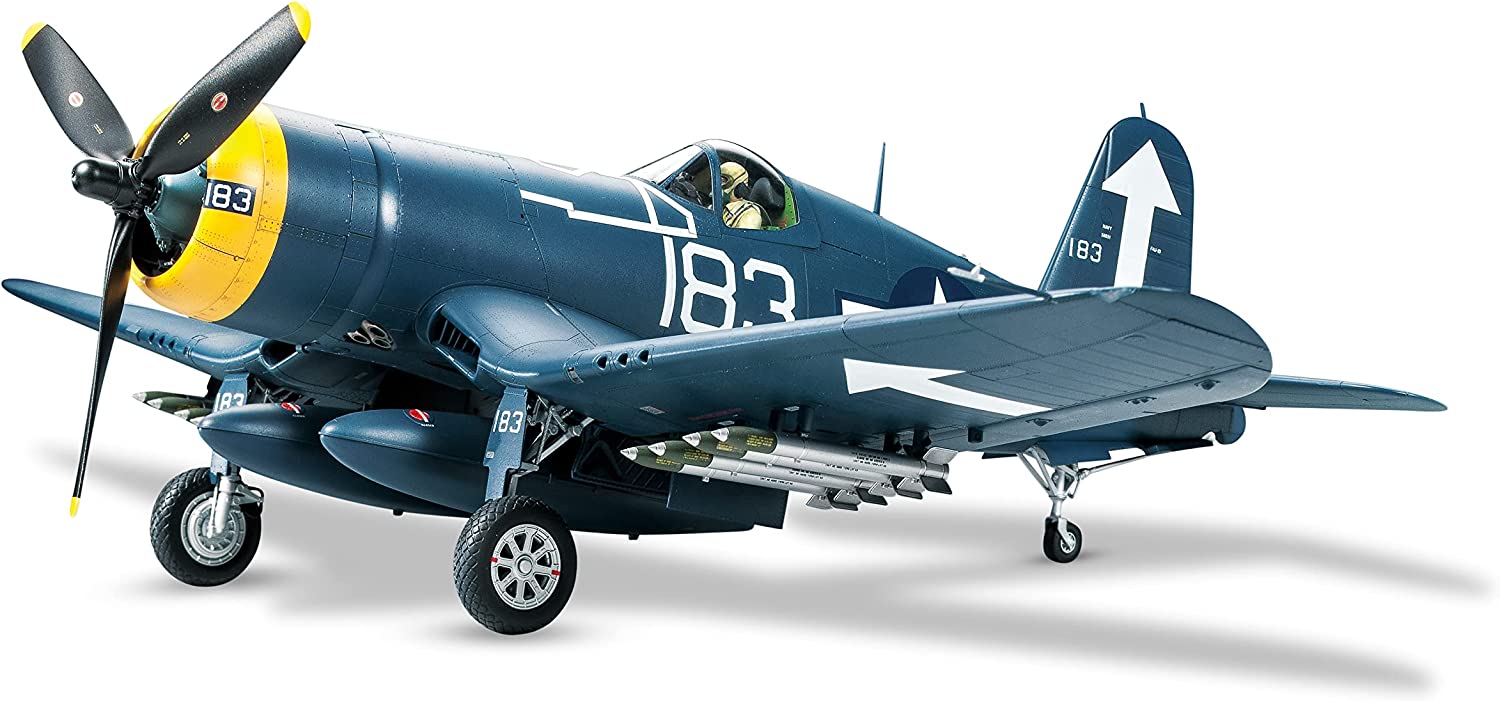
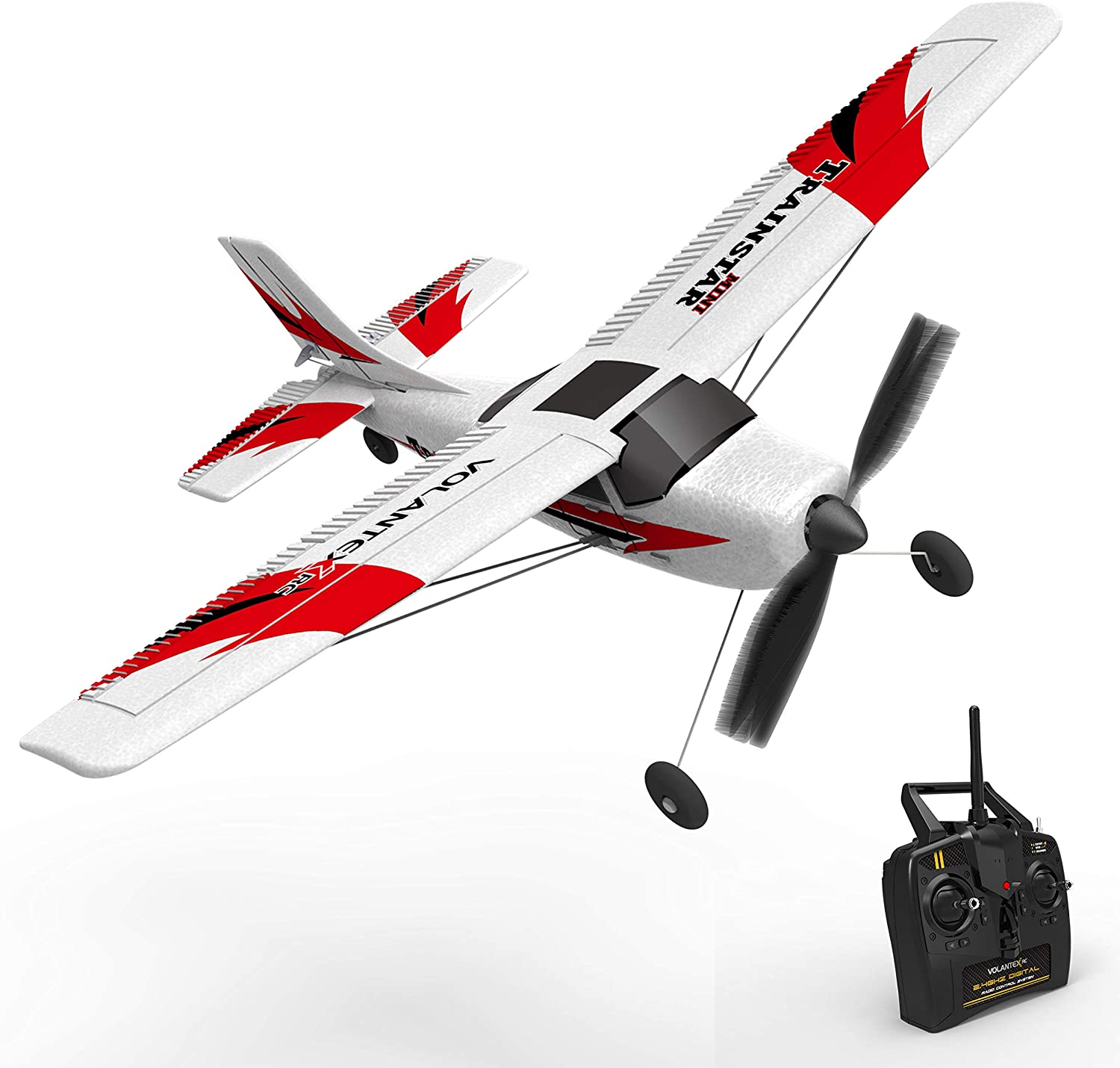
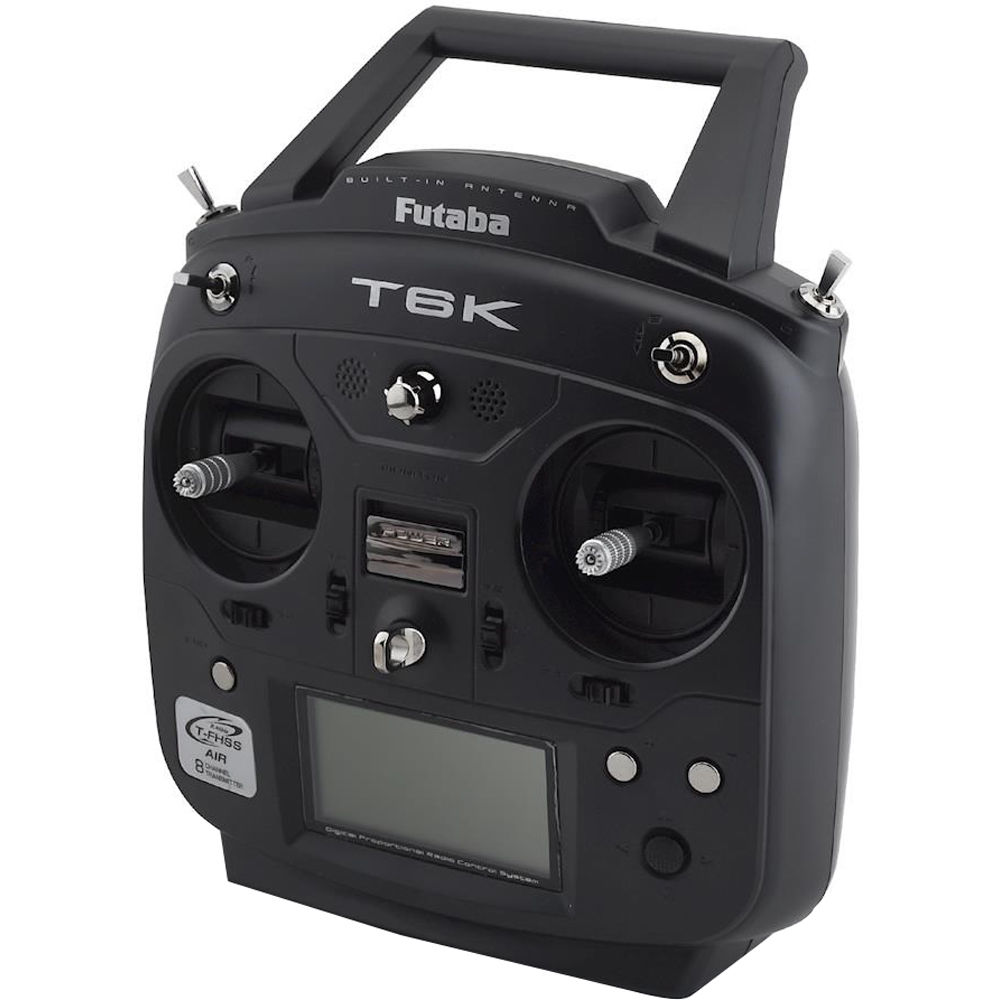


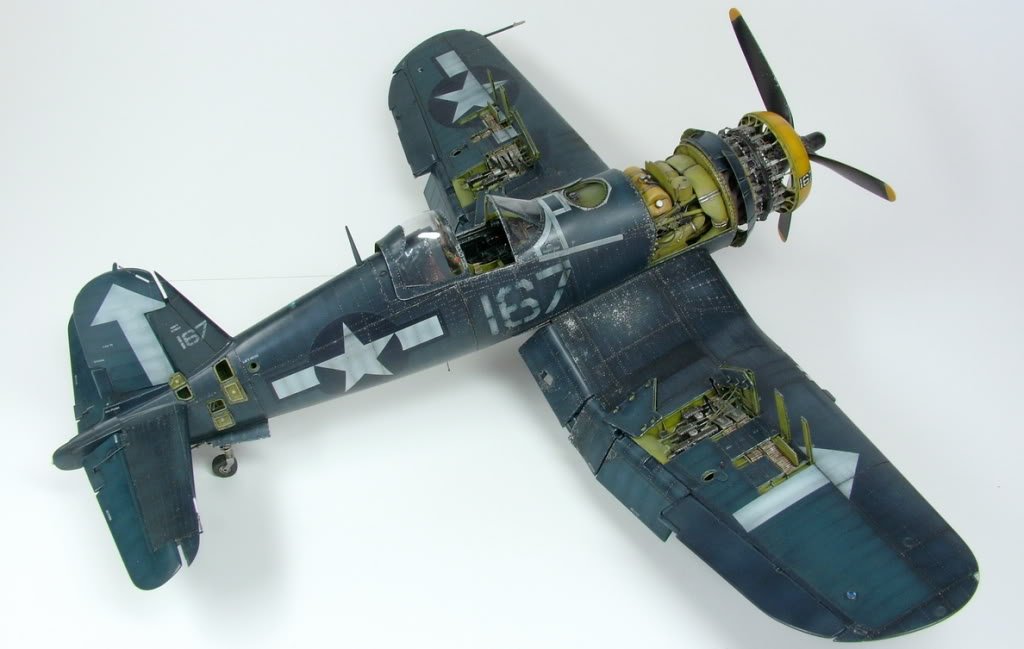
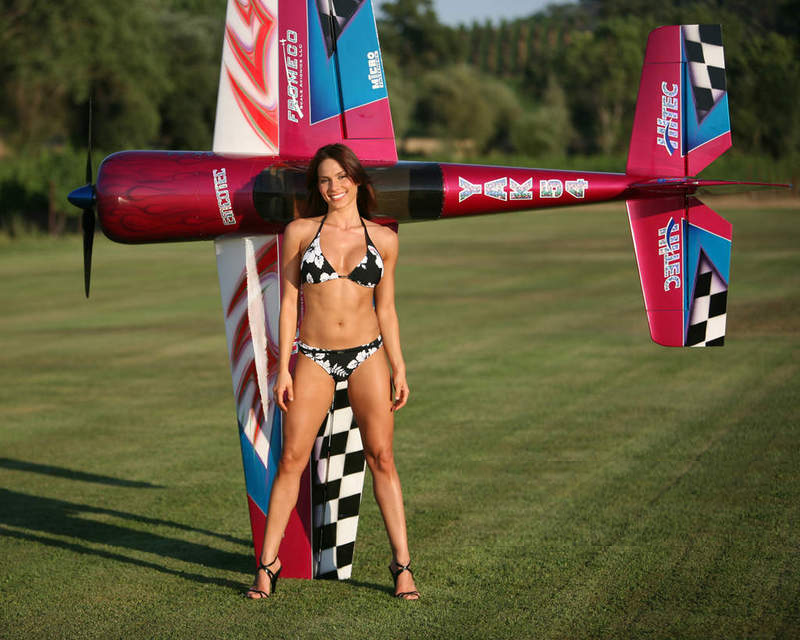
I would like to purchase several drawings. Do 335 is the most interesting. How do i go about it and what is the price?
Thanks,
Stewart
Hi,
We don’t sell anything here. Scale-Model-Aircraft.com is intended to be a database with aircraft drawings, plans, blueprints etc. that everyone can download for free. So, feel free to download whatever you want :).
Regards,
Marius